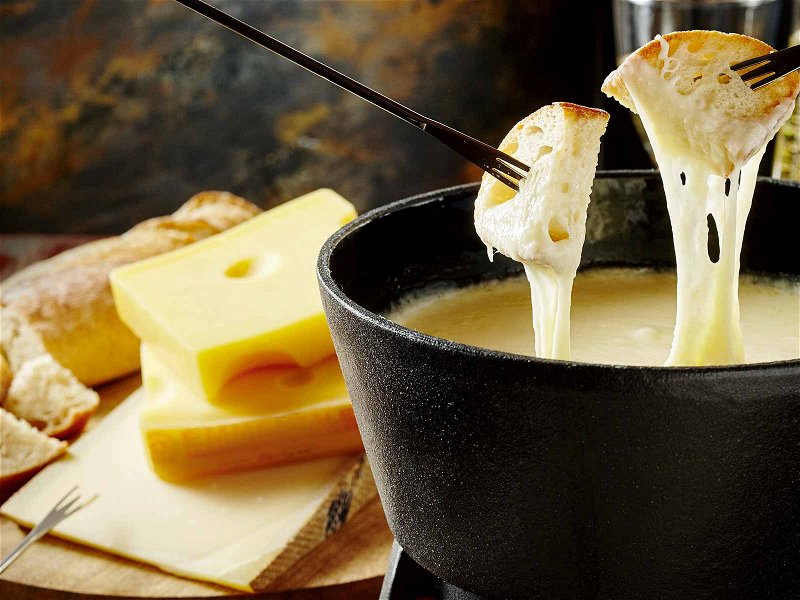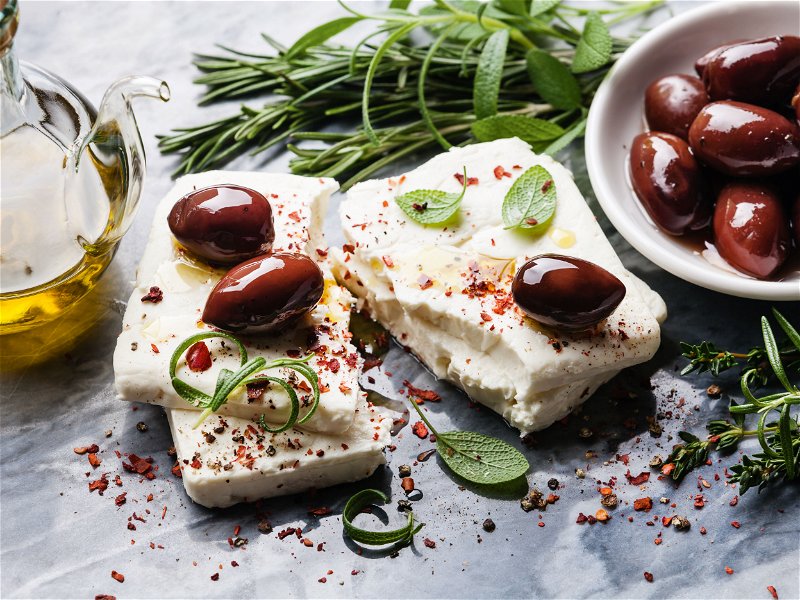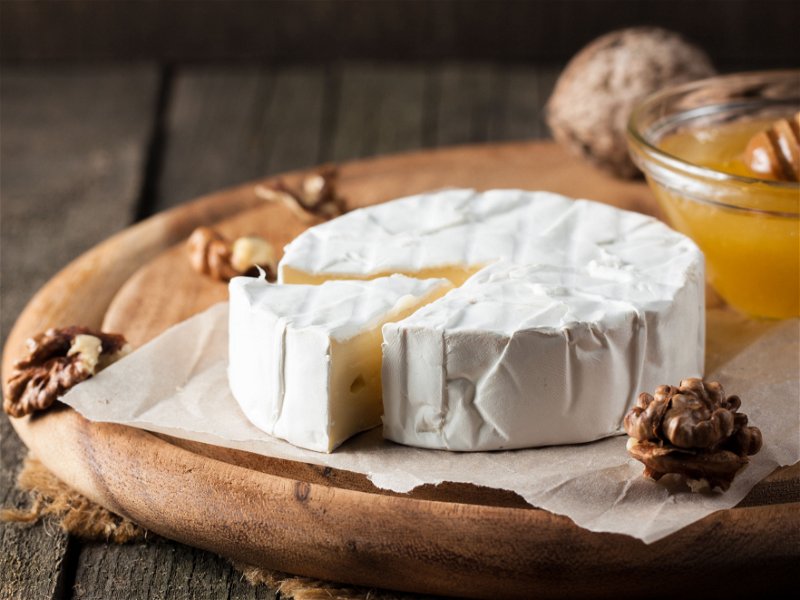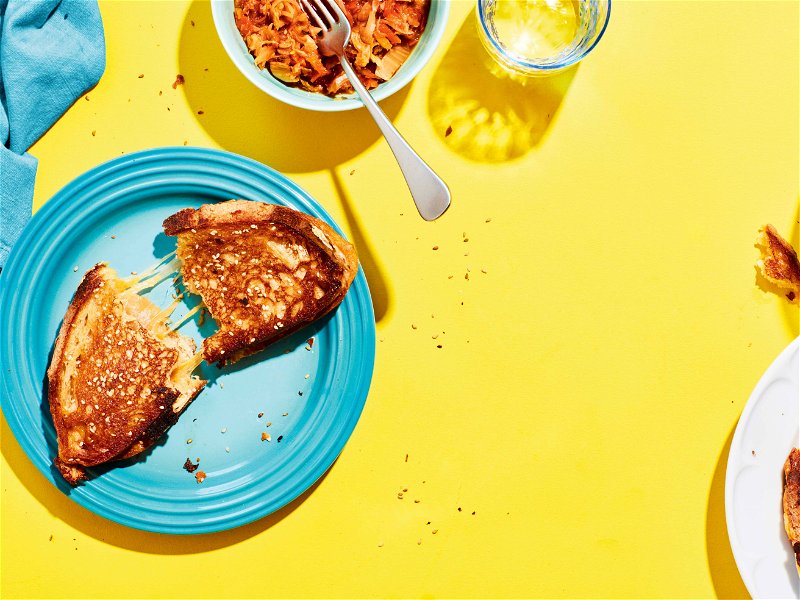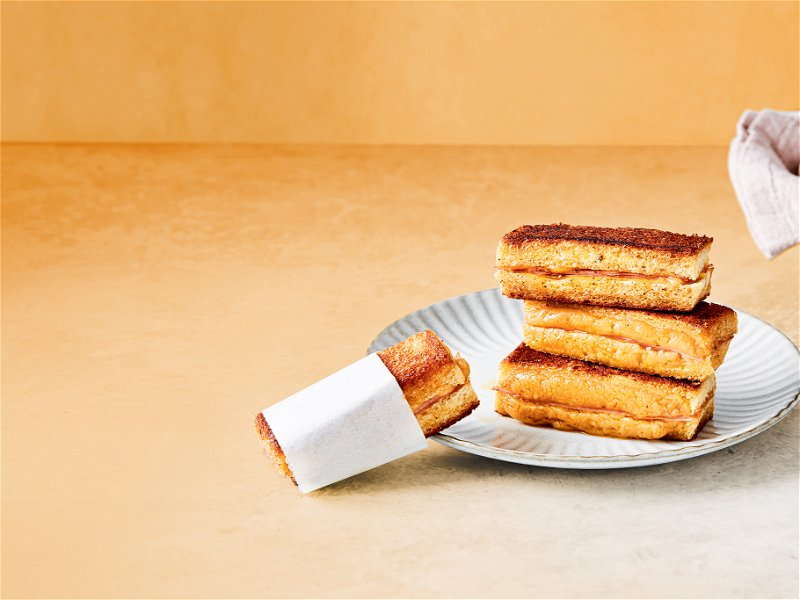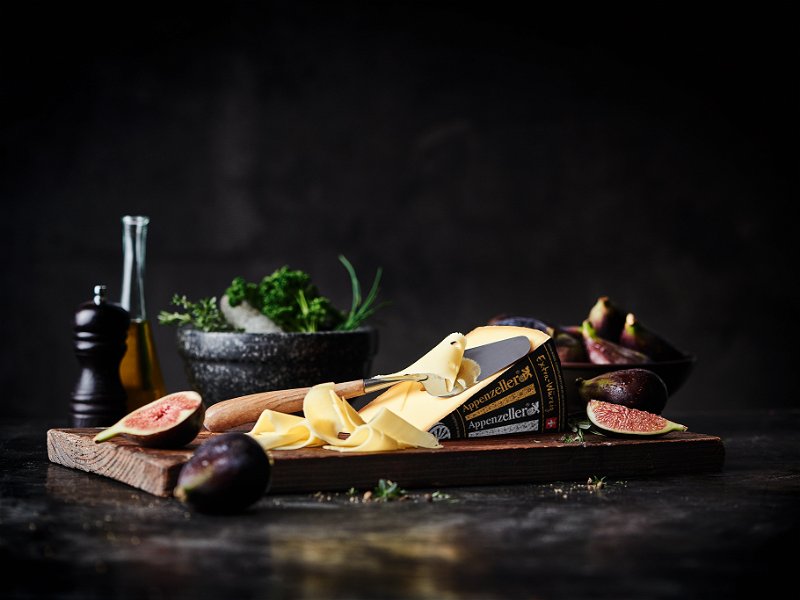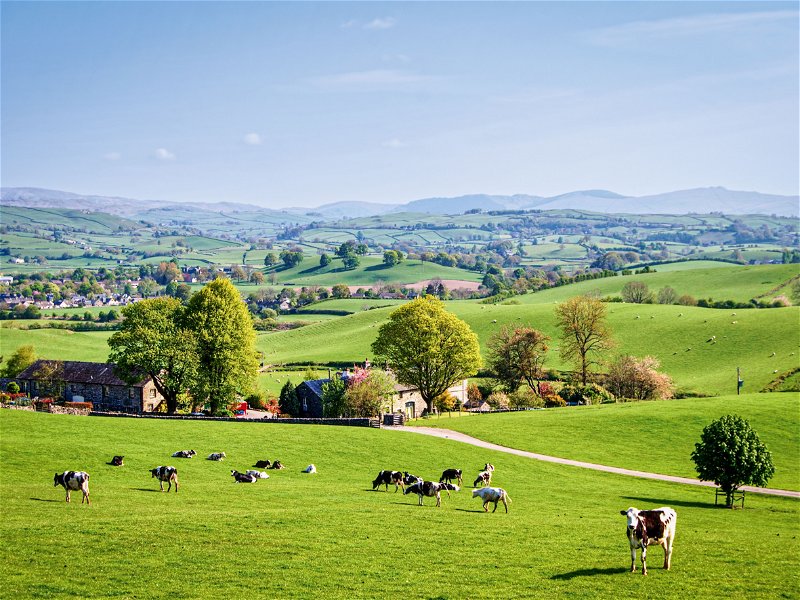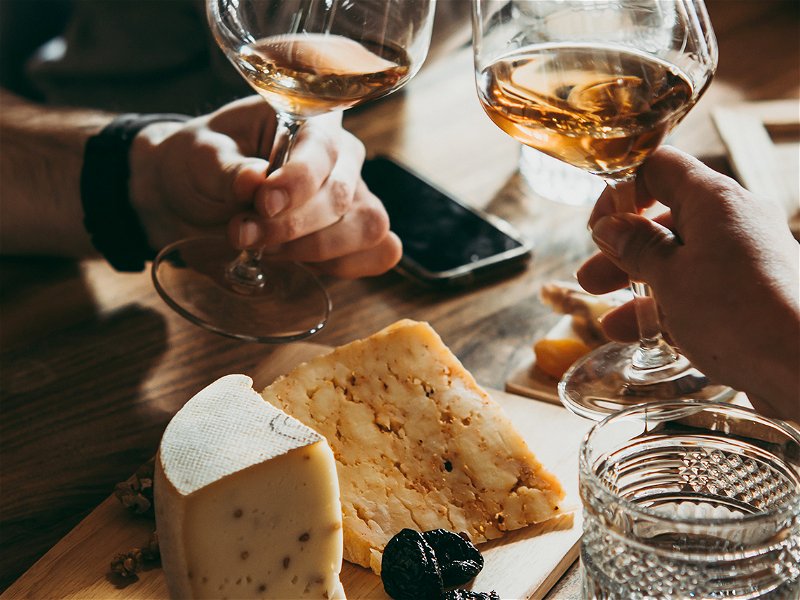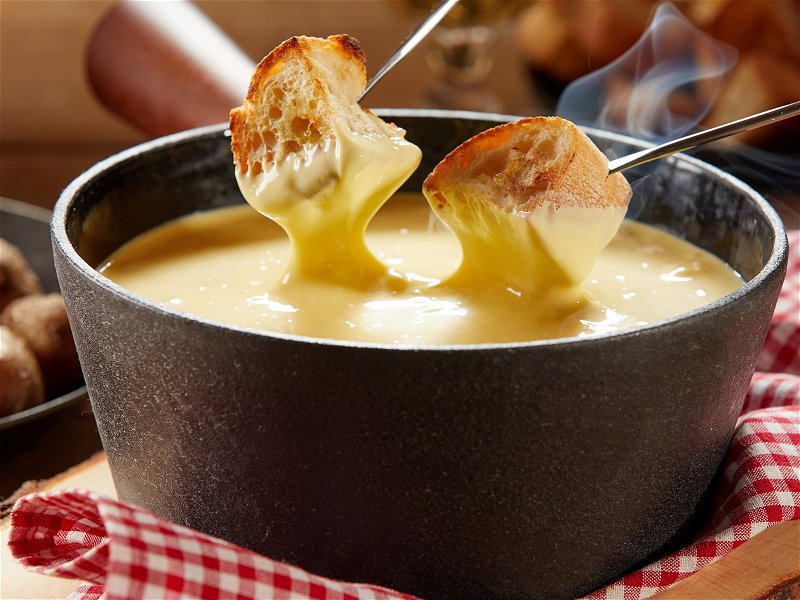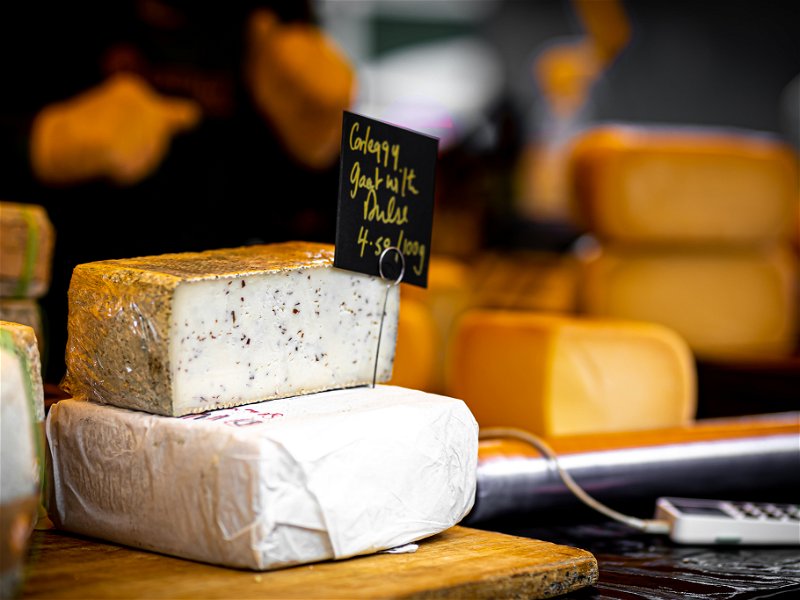Vacherin, Parmesan and Co: How Long Can Cheese Really Be Kept?
Too much food, including cheese, often ends up in the bin even though it is still edible. Swiss cheese champion Walo von Mühlenen reveals how long to keep different cheeses.
Almost everyone is familiar with the situation in the fridge and the big question: Is this still edible or should I throw it away? On average, every Swiss household throws away food worth more than 600 Swiss francs per year. This means around 2.8 million tonnes of food ends up in rubbish bins in Switzerland annually. This includes cheese that may well still be edible.
Swiss world cheese champion, Walo von Mühlenen, reveals which cheeses can be stored for how long. "Most cheeses can be eaten well beyond their best-before dates if they are stored correctly," says Walo von Mühlenen. The general rule is: the softer the cheese, the shorter the shelf life.
Fresh and soft cheese should be stored at zero to eight degrees Celcius. However, these can also be frozen, although this changes their consistency, so they should be consumed quickly after thawing. Semi-hard, hard and extra-hard cheeses dry out more quickly and absorb the flavour of their environment more easily, which is why they should be packaged in a way that protects them from air and flavour.

Creamy cheese
The shelf life of fresh cheeses such as cottage cheese, cream cheese spread, quark or ricotta is up to 45 days, depending on storage and temperature. According to the Swiss cheese affineur, caution is advised after the best-before date – as soon as mould forms on this cheese, it should no longer be eaten.
Soft cheese
Soft cheeses such as Vacherin Mont d'Or, Camembert, Brie or Époisses have natural moulds on their surfaces that are edible and healthy. When these cheeses get too old, they develop a strong ammonia taste that is not dangerous but is very intense. However, as soon as soft cheeses develop a green or black mould, they should not be eaten.
Semi-hard cheese
Semi-hard cheeses are matured for up to twelve months, which generally gives them a long shelf life. If mould forms on the cut surface, you can easily cut it off and eat the rest of the cheese.
Hard cheese
Hard cheeses are matured for up to 36 months, which means that the same applies to them as to semi-hard cheeses: if you cut away the mould, the rest can be eaten without hesitation. Even if the taste changes over time and the cheese becomes very intense, it is still suitable for consumption – but often it no longer tastes as good.
Extra-hard cheese
Extra-hard cheeses, such as Bernese Hobelkäse, Sbrinz or Parmesan are matured for several years which makes them even more durable, so mould takes a long time to penetrate the cheese. If it forms on the surface, you can simply cut it off. Extra-hard cheese is also very stable both in taste and smell.
Dried-out cheese
Dried-out, non-mouldy cheese can always be used. It is best grated. However, as it dries out, the cheese loses its ability to melt. At some point, fat splitting may also occur; this is not dangerous, but it is not tasty either.
Affineur Walo website

